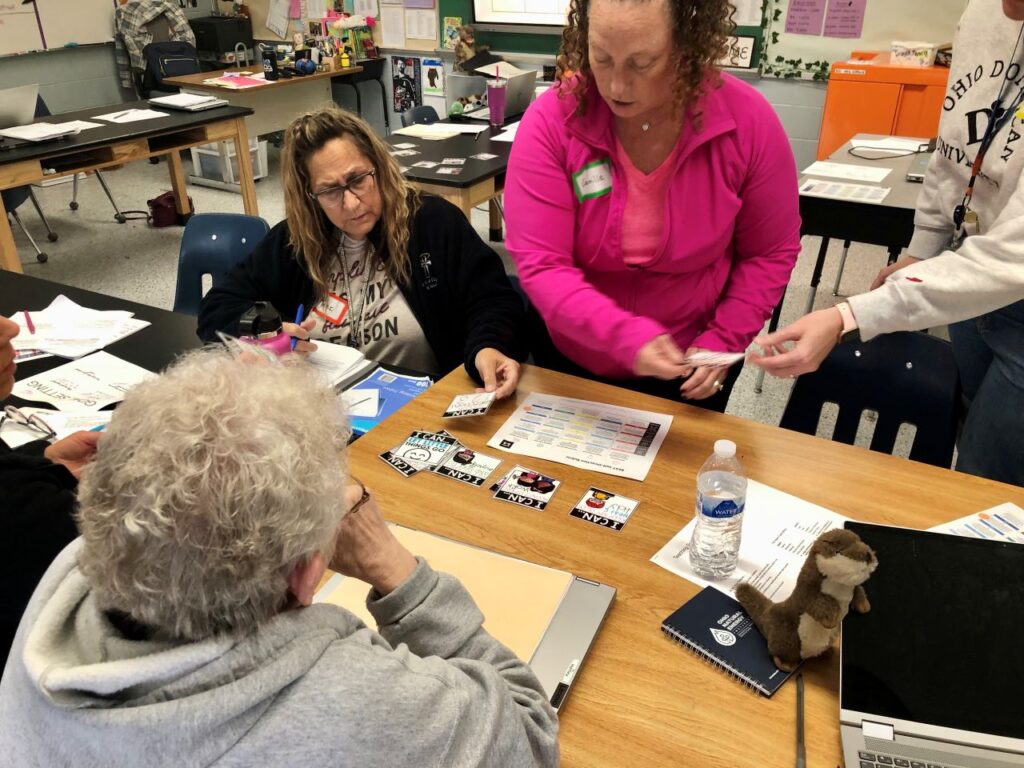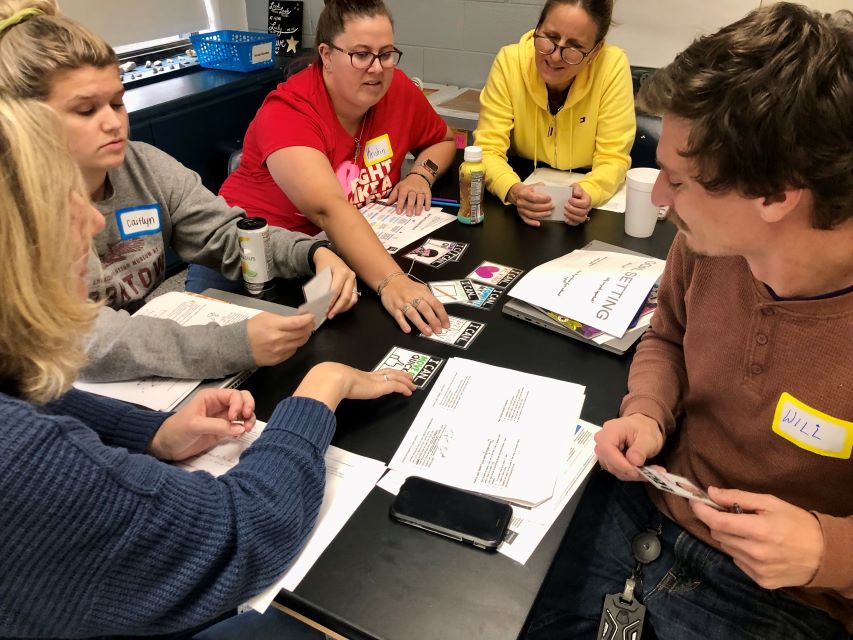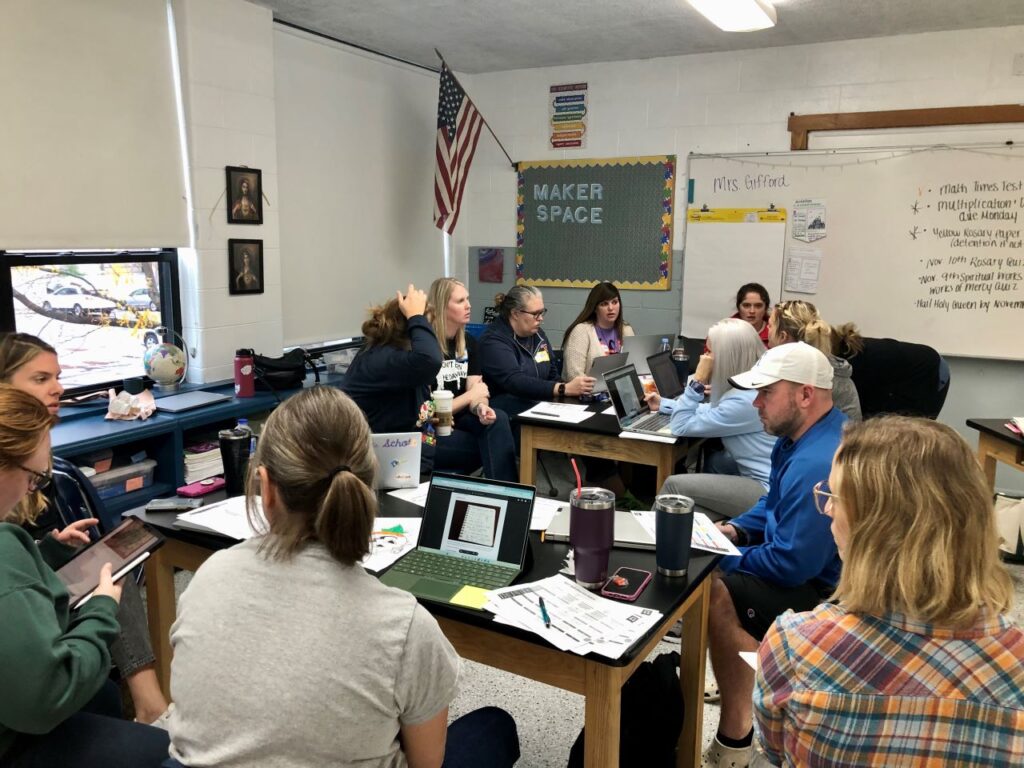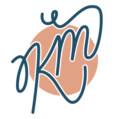
Professional Development
Self-Directed Learning
Building Learner Agency
Why It Works for Students
SDL puts students in the driver’s seat. When students have a say in what and how they learn, they become more motivated, interested, and persistent. This sense of ownership empowers them to:
- Set their own goals and create learning plans.
- Manage their learning process and monitor their progress.
- Feel a sense of ownership of their learning.
How Teachers Make It Happen
As an educator, you can teach students to learn as independently as possible. It starts with building a learning community that promotes student choice and gives students a voice in their learning. Here’s how you can make it happen:
- Offer choices in meaningful learning activities.
- Align instruction with students’ individual strengths and abilities.
- Emphasize mastery over perfection.
- Provide supportive, ongoing feedback through meaningful dialogue.
Contact KM Educational Consulting for your professional development and instructional coaching needs!
Unclock your school’s potential.
A School-Wide Approach
Skills are Mapped: Skills are mapped across grade levels, so students can practice them explicitly as they progress through school.
Accessible Resources: Learning resources are easily accessible to all students, giving them the tools they need to explore topics independently.
Safe Environment: Students feel safe to explore, experiment, and take risks without fear of failure.
Engaging Instruction: Instruction is designed to actively engage students, giving them ownership of their learning journey.
Flexible Classroom Spaces: The classroom is designed to support student exploration and engagement with flexible learning spaces.
Universal Design for Learning (UDL): Supports are based on UDL guidelines, ensuring every student has the opportunity to participate and succeed.
The Culture of Noticing: Making Learning Visible
Self-directed learning flourishes when students can pause, reflect, and tune into their own thoughts and feelings during a lesson. This is what we call a culture of noticing. By consistently offering opportunities for students to show what they have learned and providing tools to support them, teachers can actively cultivate this environment.
Making learning visible requires students to plan, organize, and integrate their thoughts and emotions into their learning experience. Here are four simple, effective strategies that help teachers do just that:
Putting Agency into Practice: Snapshots from our PDs



